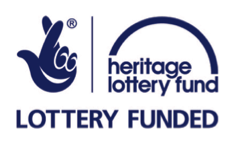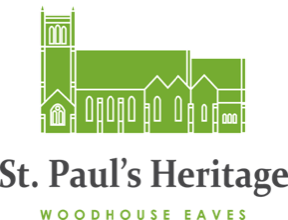
William Railton, St Paul's
& Nelson's Column
by Tony Jarram
& Lynne Dyer

What do St Paul’s and Nelson’s Column in Trafalgar Square have in common? William Railton, the famous architect who designed both of them! Railton was responsible for many other chapels, churches, vicarages and country houses in Leicestershire including:
Garendon Hall, its lodges and gate house (1833-47)
Mount St Bernard Abbey (1835-44, later re-built by Pugin)
Grace Dieu House, built in a Tudor style (1833-4)
The commission for Garendon from landowner Ambrose March Phillips probably first brought Railton to Leicestershire in 1833.
Borrn in Clapham, London on 14th May 1800
Became a student of the London architect William Inwood, attending the Royal Academy School in 1823
A highly skilled artist, he published drawings after foreign tours and exhibited at the Royal Academy between 1829 and 1851.
Railton’s designs (especially Beaumanor Hall, completed 1850, for W. Perry Herrick) were probably inspired by Inwood’s work, including terracotta and artificial stone details.

Nelson's column, Trafalgar Square

Beaumanor Hall, designed in the Jacobean style
Railton’s first church design was St Peter’s Duddon, Cheshire (1835). Woodhouse Parish chose Railton’s design for St Paul’s in 1836. An almost identical church at Copt Oak (St. Peter) was consecrated within days of St Paul’s in 1837.

St Paul's, Woodhouse Eaves

St Peter's, Copt Oak

Launde Abbey chapel
Railton was architect to the Ecclesiastical Commissioners from 1838-1848 building, re-modelling and repairing churches, parsonages and vicarages, including:
A major scheme for the 15th century St-Mary-in-the Elms, Woodhouse
St Philip and St James at Groby (c1840)
All Saints, Thorpe Acre, Loughborough (1845) to replace Dishley mediaeval church
Restoration of the ancient Launde Abbey priory church (1839-1840)
The 1840s was Railton’s most prolific period, with other commissions in Wolverhampton, Hoxton and Yorkshire. Railton did not carry out any commissions after 1850 and married Amelia Knight in 1860. He died while on a visit to Brighton in 1877.
We don't have an image of Railton but we do have his signature and the plans for St Paul's church.
